
Performance Analysis
Fresh out of the box, the BX200 SSDs fall just short of their quoted 540MB/sec and 490MB/sec sequential read and write speeds respectively, but they’re not designed to be chart toppers and the speeds in the light, burst CrystalDiskMark workloads are more than acceptable. Random performance also does not throw up any nasty surprises.Sustained performance is pretty poor – it’s the lowest we’ve seen and the BX200 960GB falls to an average of less than 2,000 IOPS. Average response times are also very high, and the consistency is likewise pretty bad. Still, the results, while looking poor in the charts, are probably fine for the light client workloads the BX200 is designed for, though performance degradation over time may be slightly more noticeable than with other SSDs.
The Iometer tests show that sequential reads stay nice and high at typical desktop queue depths. The write tests, however, help to show the differences between the TLC and MLC drives and just how necessary a pseudo-SLC cache is. With a TLC drive like this (and the OCZ Trion 100), speeds start high but the pseudo-SLC cache is quickly filled and the drive is forced to write directly to the TLC for the remainder of the test. In the first test, at a queue depth of one, the 960GB has a higher average than the 480GB as its cache is bigger enabling it to write faster for longer. By the second test, however, at queue depth four, both drives are writing only to TLC for the whole test, and achieve HDD-esque speeds of below 80MB/sec. By comparison, OCZ’s TLC Trion 100 drives achieve 115-140MB/sec in the same test. Crucial’s TLC does appear to be extremely slow to write to; the BX100 (very similar controller with MLC) is able to sustain almost 430MB/sec here. Honestly, while these speeds seem slow, it’s not a massive deal. If you’re frequently writing lots of large files at once, no TLC drive is particularly suitable.
Random performance is fine. Reads scale nicely with queue depth, but writes end up being held back by the TLC speeds again, although they are stronger than the OCZ Trion 100 speeds.
In the mixed read and write sequential tests, both drives start okay but as their buffer is filled and the portion of write operations increase the TLC limitations kick in again. In the mixed random ones, the drives perform best in the read heavy tests, and the average speed falls as you increase the writes, although not as low as the OCZ SSDs.
In the real-world traces run by PCMark 8, we see yet again that there really isn’t a massive difference between most SSDs in typical consumer workloads. To be clear, the BX200 never does better than mid-table, and is last in two of the four tests we run, but the actual differences between top and bottom is often very small. Only the Photoshop Heavy trace gives us any real cause for concern, and that’s not especially surprising as it’s the most write-intensive test.
Conclusion
Ultimately, buying an SSD is a question of how much you’re willing to sacrifice to attain a lower price per gigabyte. With the BX200, you don’t get advanced features like power loss protection or hardware accelerated encryption, and the performance limitations of TLC are clear, especially in write-intensive benchmarks, with the drive offering performance somewhere between middling and low in the vast majority of tests.However, you do get an extremely good value SSD in terms of cost per gigabyte that of course brings with it the numerous benefits over traditional spinning media, and the performance limitations will be largely overcome in most home user workloads by the pseudo-SLC cache. The drive also has a decent enough software solution that includes DRAM caching to potentially further reduce performance deficits. Importantly, endurance is the same as the BX100 in spite of the move from MLC to TLC, but we would like to have seen even more generosity here. The OCZ Trion 100 drives, for example, have the same three year warranty, but a great TBW endurance rating, while the Samsung SSD 850 EVO has both a longer warranty and a higher rating (though in fairness, it does use more durable V-NAND).
We would like to see Crucial make some improvements to performance consistency and the lack of hardware accelerated encryption is a shame, but as long as the BX200 stays competitive on pricing it’s a fine choice for a basic, no thrills SSD. Users with heavier demands may want to step up to an MLC drive though, and the BX100 would still be a good choice for this while stocks last.


MSI MPG Velox 100R Chassis Review
October 14 2021 | 15:04

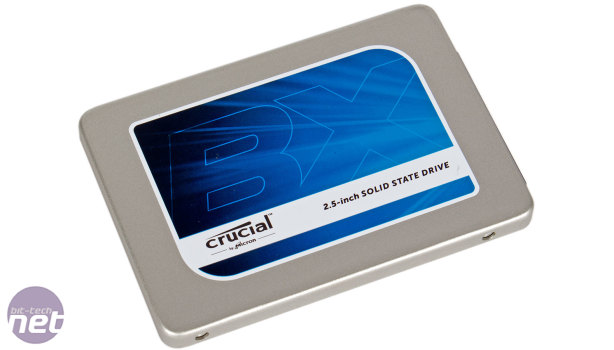

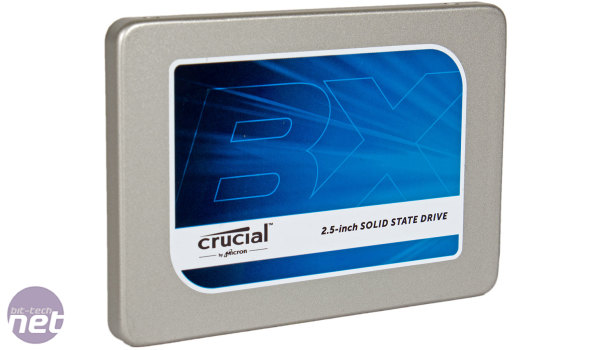
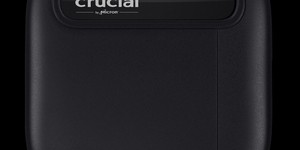
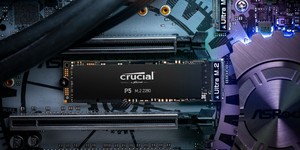
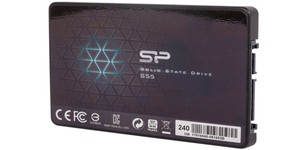




Want to comment? Please log in.